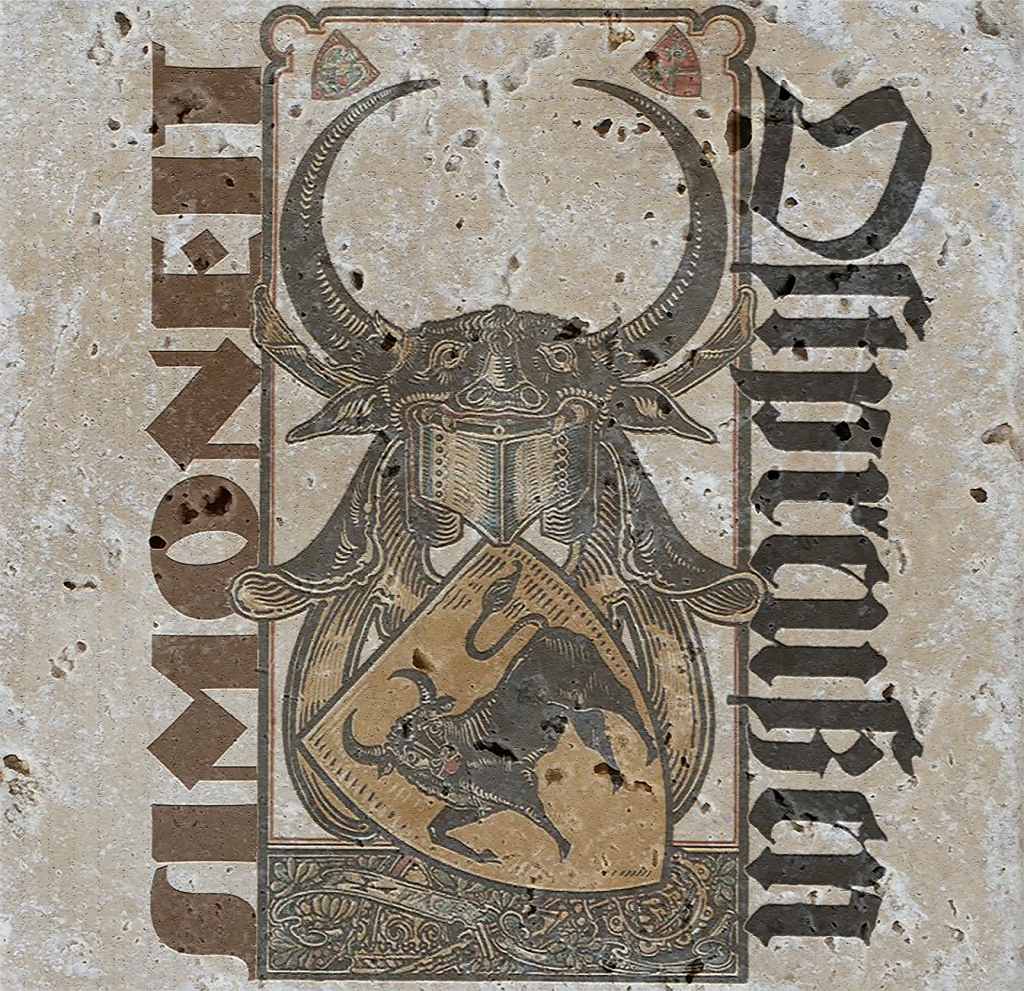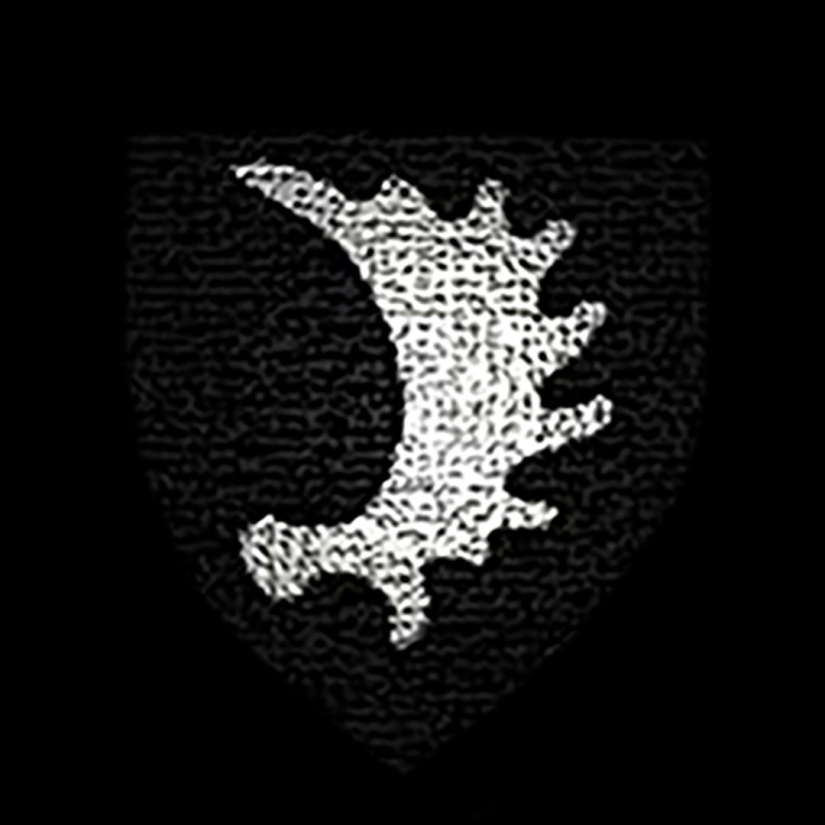
Much of German history is not well known …for example, there were successful Crusades conducted in northern Europe for hundreds of years and the largest castle ever built in Europe was a German crusader castle, the Marienburg. There once existed a German state, governed by Warrior Monks, that ruled over all the lands along the Baltic Sea for 300 years. That land was once known as Prussia, Kurland and Livonia… all ruled by the Monastic State of the Teutonic Order. Today these lands are parts of Poland, Lithuania, and Russia plus the countries of Latvia and Estonia.
The leader of the Teutonic Order was called a Grandmaster, served by a council of executives named Masters…for example, the Treasurer, the Marshall and the regional commanders in the Holy Land, Prussia, Kurland, Livonia, as well as their possessions in Germany and Austria and in Venice.
The rank and file knights had daily activities still familiar in today’s armies…keep busy and stay out of trouble… but the big difference was the knight’s total commitment to a dual calling. Being a friar as well as a warrior, he was expected to attend daily religious services and endure a discipline that would be too severe in modern times. Their service obligation was lifelong and included vows of poverty, chastity and obedience…real sacrifices by real men.
In its first 200 years, the Teutonic Order was invincible. Its heavy cavalry of ordained Catholic friars, clad in white surcoats with black crosses, numbered some 3000 men. They were the best in Europe and formed the core of an outstanding larger military machine. Sworn to serve God, they gave up all worldly goods upon joining and lived a celibate and modest life. Food was basic and meals were eaten in total silence. Prayer was frequent as was training in military arts. Unlike the Templar Knights who were murdered and robbed by their French King, these Teutonic Knights were helped by their German Emperor. The Teutonic Knights and their descendants, the Baltic Germans, prospered for 700 years in north eastern Europe.

In 1274 the Teutonic Knights built the Marienburg castle after an uprising and re-conquest of ferocious pagan tribes in Prussia. Its immediate purpose was to maintain control of the area in the event of any future uprisings of the Baltic tribes. However, on September 14, 1309, Grandmaster Siegfried von Feuchtwangen moved into the Marienburg, transferring the Teutonic Knight’s headquarters from Venice to Prussia. The image that I posted here is a Romantic Era painting by Carl Kolbe that depicts the Grandmaster entering Marienburg Castle.

This move underlined the end of Holy Land Crusades and the emerging importance of Europe’s Northern Crusades. From the Marienburg Castle in Prussia the Grandmaster could continue to lead crusades for the Church and Pope and also rule the growing Monastic State of the Teutonic Order with the Kaiser’s blessing. He would lead the Northern Crusades for the Pope and be esteemed as a Prince of the German Holy Roman Empire, yet remain safely outside the Empire’s borders.
What is fascinating to me is that the 742 year old Marienburg Castle witnessed almost the entire history of Germans in Baltic northern Europe. The castle also represented the power of the Teutonic Knights by being the largest castle ever built in Europe, with walls 27ft high and 7 feet thick…and with outermost castle walls that enclose 52 acres. For perspective, that is four times the enclosed area of Windsor Castle. It consisted of three separate castles – the High, Middle and Lower Castles, separated by multiple dry moats and towers. The castle once housed approximately 3,000 ordained “brothers in arms”.

The Monastic State of the Teutonic Order lasted 300 years, which is longer than the 244 year lifespan of the United States of America (1776 to 2020). For most of these years the Marienburg Castle was its capital and was used to host international warrior guests who came to help the Crusader Monks convert pagan Lithuanians, Prussians, Latvians and Estonians. The position of the castle on the river Nogat allowed easy access by barges and trading ships arriving from the Vistula and the Baltic Sea.

During their governance, the Teutonic Knights collected river tolls from passing ships, as did their other castles along the rivers. They controlled a monopoly on the trade of amber and when the city became a member of the Hanseatic League, many Hanseatic meetings were held at the Marienburg Castle. During the major crusading campaigns, which were conducted during freezing cold winters, the adjoining Nogat River served as a frozen highway to the otherwise hard to reach interior of the Baltic area states.

The Marienburg castle was impregnable and was never defeated in battle, withstanding even a two month siege by a combined Polish-Lithuanian-Russian-Tartar army in 1410. The siege occurred right after a greatly outnumbered Teutonic Knights field army was defeated near Tannenberg. Although the Order’s leaders, including the Grandmaster, were killed in battle, the Teutonic Order did not lose the war. A quick thinking lower level Knight, Heinrich von Plauen raced to Marienburg and took charge. He ordered the city adjoining the Castle burned to the ground and rallied the townspeople and skeleton crew of Knights to make a strong defense. After two months of frustrating siege, the massive enemy force …struck with dysentery and restless to get home for harvest…began to dissolve and return to their respective countries. The defense of Marienburg Castle prevented the Teutonic Order from losing this war.
However, there were many complicated events that followed later in the 15th century, and the Marienburg Castle was always involved. The towns of Prussia were rapidly growing economically and the rule of the Teutonic Knights was seen as too oppressive. Taxpayers revolted against increased taxes and the imposition of grain sale license fees that were hindering economic development. At the same time the nobility wanted a larger say in the running of the country, looking enviously at neighboring Poland, where the Polish nobility enjoyed wider privileges. All of this upheaval culminated in a civil war in Prussia.
Known as the Thirteen Years War, from 1454 to 1466, it was fought by rebelling Prussian cities allied with Poland… versus the Teutonic Knights and cities that remained loyal. Both sides hired mercenaries, mostly from Bohemia, to assist them.
After 3 years of war, when the Teutonic Order was unable to pay the mercenaries that defended their main stronghold, the Marienburg, the Poles tried an innovative approach…they obtained a loan from the rebelling City of Danzig and paid the Bohemian mercenaries to leave the castle, allowing the Poles to enter Marienburg without using any force. Another 10 years of fighting raged on but by 1466, both sides were thoroughly exhausted by the 13 years of conflict. A treaty was signed…West Prussia became autonomous as a protectorate of Poland and East Prussia remained land of the Teutonic Knights. Königsberg Castle became the Order’s new headquarters..
At this point the Marienburg Castle in West Prussia began its new life as one of several residences of Polish royalty, until the Thirty Years War, when Sweden occupied the Castle…in 1626 and 1629 and again from 1656 to 1660.
During all the years that Marienburg Castle was occupied by Poland and Sweden, the Teutonic Knights’ State of East Prussia was developing gradually into a new nation. In 1525 it was secularized by the last Grandmaster, Albrecht von Hohenzollern.

Then through family inheritance, Hohenzollern East Prussia merged with the Hohenzollern State of Brandenburg and soon after 1701 the merged sates became known as the Kingdom of Prussia. In less than a century after this merger, Prussia became a leading power in Europe and its King, Frederick the Great, defeated Poland and reclaimed West Prussia in 1772. The Marienburg Castle was again a German castle, albeit in a state of disrepair.
After the first defeat of Napoleon in 1814, the castle became a symbol of Prussian history and national consciousness. Repairs were initiated over the decades and finally completed in 1902. The occasion was celebrated with a visit by the King of Prussia who was also Emperor of Germany, Kaiser Wilhelm II.


German Tourist Office in New York
In the last months of WWII, the venerable Marienburg was still intact, but it was too symbolic for the Russians. The castle was purposely wrecked to the point that only 50% remained standing.
After WWII, both West and East Prussia were removed from Germany. The Allies decided to distribute these German lands to Russia, Lithuania, and Poland.
Today tourists can easily visit towns and castles built by the Teutonic Knights. The 742 year old Marienburg Castle can still be visited…it’s a major tourist attraction in Poland, but the Castle has been re-named “Malbork”. Historic town centers have been restored, for example Danzig (now Gdansk) in Poland. Latvia has Riga and Estonia has Reval (Tallinn), complete with original town walls and towers. There is also Bad Mergentheim in Germany near Stuttgart, where you can visit a museum of the Teutonic Order.


Explore images on brand new products at my stores



